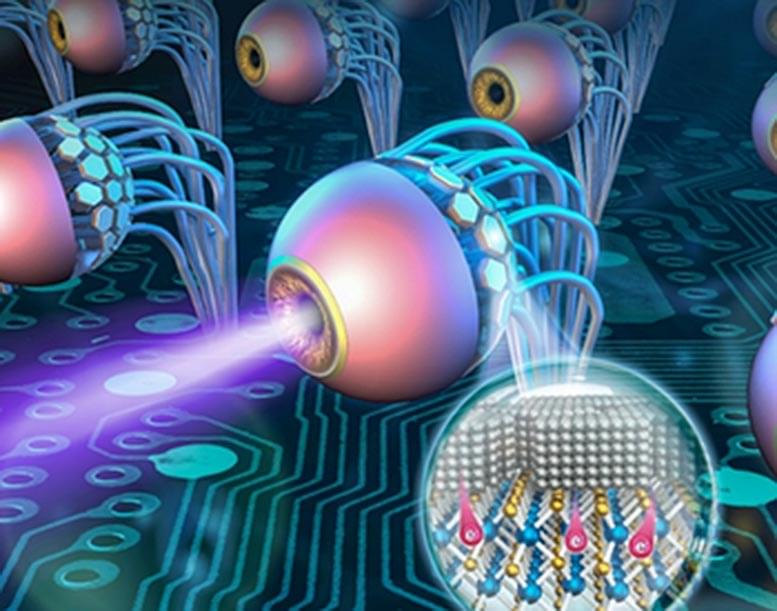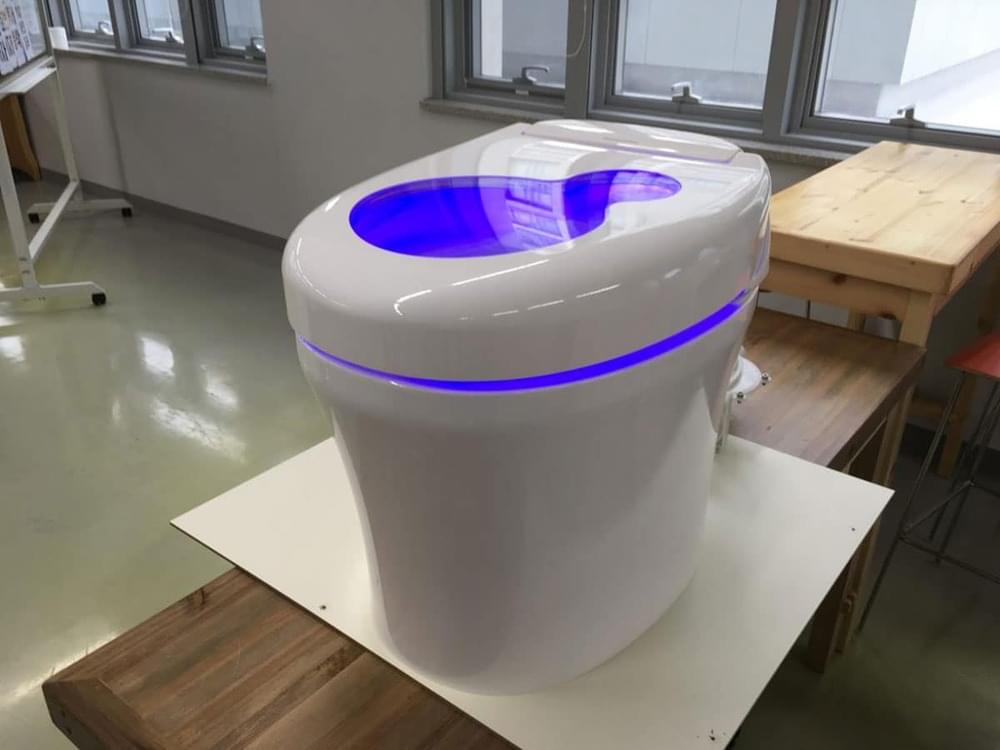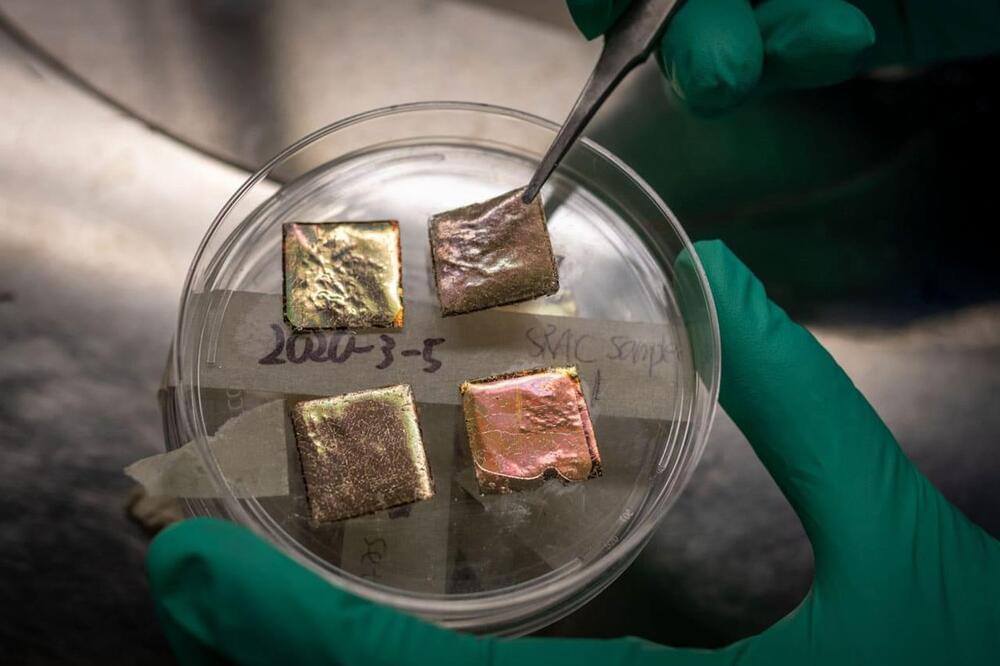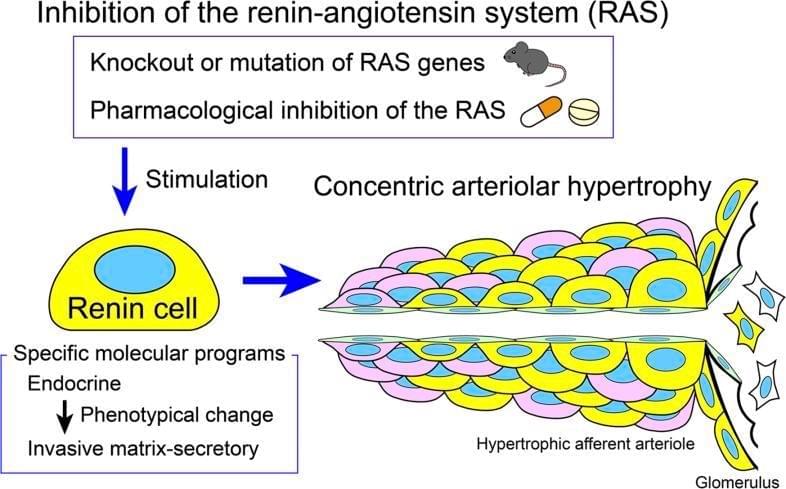Apple’s digital car key feature might soon be useful for unlocking more than a handful of BMW models. In his latest newsletter, Bloomberg’s Mark Gurman claimed Hyundai and its upscale Genesis badge will support Apple CarKey “by the summer.” It’s not certain which models would provide the option, but it’s notable that some trim levels of the Ioniq 5 and other Hyundai cars include NFC for a (currently proprietary) digital key.
While remote lock controls have been available through smartphones for a while, CarKey (and its Android equivalent) treats the phone more like a physical key. You just have to bring your phone or Apple Watch to the door handle to unlock it, and you can even place your phone in a given area to start the car. People with ultra-wideband iPhones (such as the iPhone 11 and newer) can even leave their phone in their pocket when opening and starting the vehicle.
If the leak is accurate, Apple’s move could significantly expand the audience for digital car keys — you wouldn’t need to shop from one high-end marque to even consider it. A deal would also suggest the tussle over a possible EV collaboration wasn’t enough to deter Apple and Hyundai from exploring a CarKey team-up.





